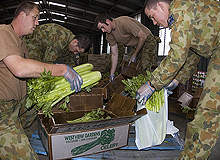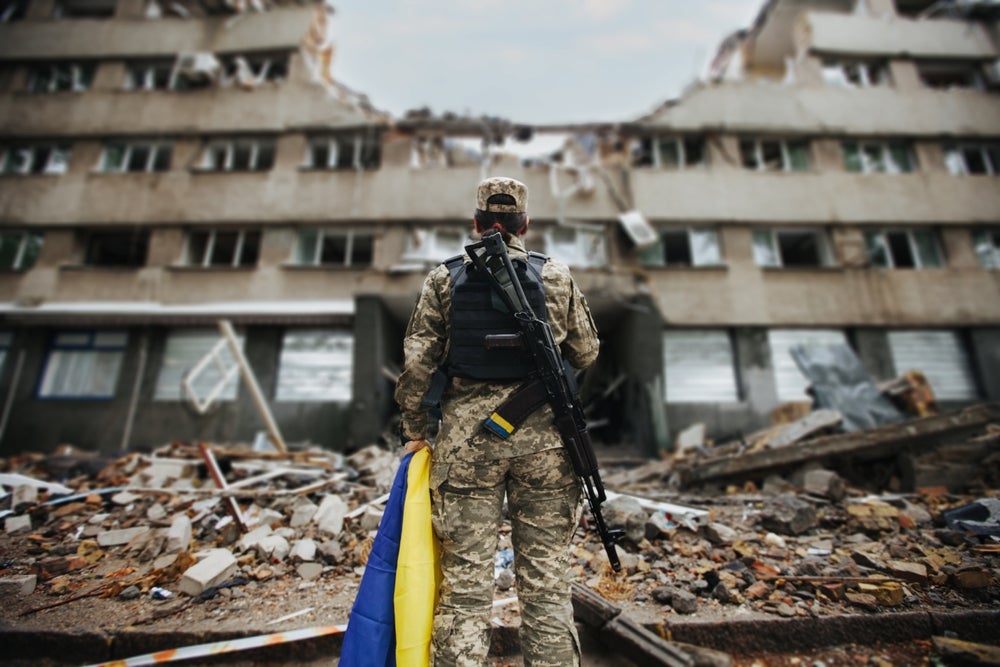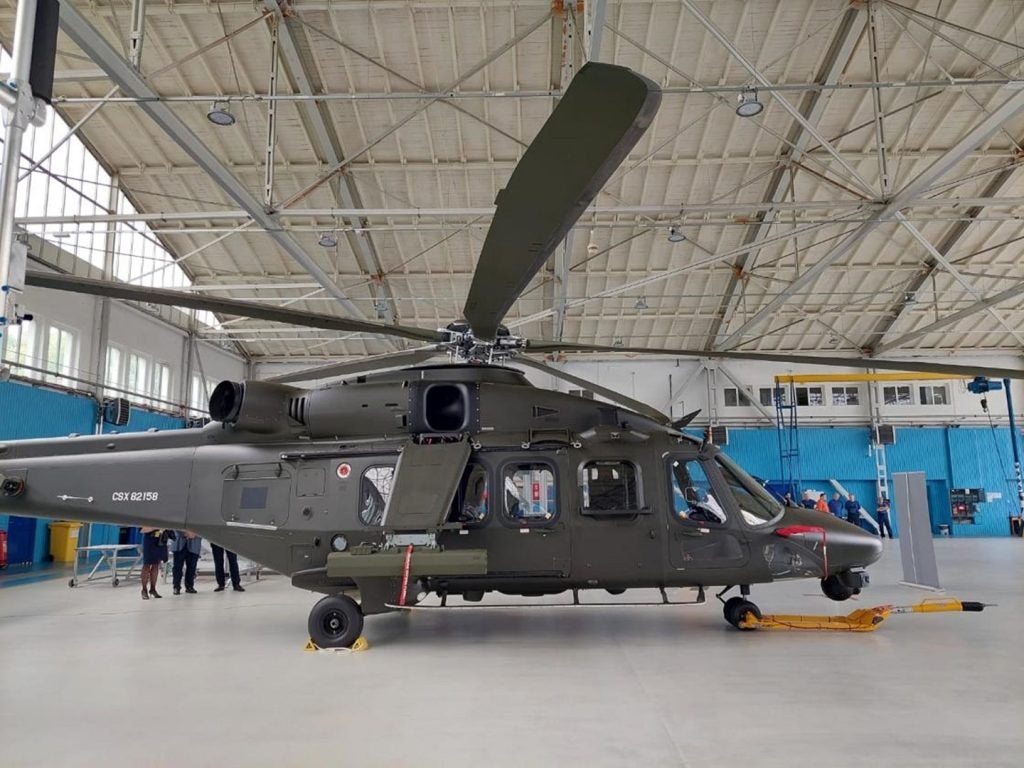
The modern battle-space is a radically different place from the one familiar to Napoleon in the Franco-Russia war of 1812. Nevertheless, the underlying truth of the French General’s maxim clearly remains and as General Peter J. Schoomaker, US Army Chief of Staff from 2003 to 2007, said, “logistics transformation is critical as the Army adapts to the new realities.”
Global challenges
Supporting an army in the field has always presented a set of unique challenges, and these “new realities” include increasingly influential global factors such as insurgent warfare and remote technology that have impacted on the traditional projection of power model, exacerbating logistical demands.
Simple geographical distance, for instance, inevitably makes for extended supply chains. With sufficient resources dedicated to the task, these problems can be overcome. Britain’s action in the Falklands was, for example, conducted 8,000 miles from home; the six-month build up to the first Gulf War, saw the US move a greater tonnage of supplies than in the whole of the two-year preparation for D-Day. Mustering such operations, however, requires both funds and inherent capability.
The growing trend for international, multi-partner coalitions can also generate potential challenges. Speaking at the 2010 Military Logistics conference in November, Major General Jeff Mason, UK Assistant Chief of Defence Staff, Logistics Operations, highlighted the need for greater multilateralism in logistics, citing Afghanistan as a prime case. Individual NATO nations’ insistence on deploying there complete with their own support infrastructures was he said, “inefficient for a campaign.” Clearly, there is a need for armed forces to co-operate ever more closely to avoid unnecessary duplication.
Tracking and transport
Afghanistan also underlines another important issue – fuel. According to Paul Skalny, director of the US Army’s Tank Automotive Research, Development and Engineering Centre, it accounts for some 70 per cent of the bulk tonnage taken to war. As the threats of IEDs and roadside ambush escalate, part of the response centres on additional vehicle protection – and extra armour unavoidably means added weight. The US Army alone has seen a ten-fold increase in annual fuel consumption since beginning operations in Iraq and Afghanistan; the picture is broadly similar for the other coalition members too.
However, over-emphasis on any one supply issue – no matter how essential – risks problems elsewhere. The British Army’s focus on delivering “niche requirements” such as fuel and mail was another aspect of the “cultural logistics blindness” criticised by Maj. Gen. Mason. One recently returned infantryman put it rather more prosaically; “news from home is always great, but sometimes you just want to know when your new boots are coming.”
How well do you really know your competitors?
Access the most comprehensive Company Profiles on the market, powered by GlobalData. Save hours of research. Gain competitive edge.

Thank you!
Your download email will arrive shortly
Not ready to buy yet? Download a free sample
We are confident about the unique quality of our Company Profiles. However, we want you to make the most beneficial decision for your business, so we offer a free sample that you can download by submitting the below form
By GlobalDataKeeping track of supplies is an obdurate problem which has exasperated logisticians throughout history, but that may be about to change as the kind of consignment tracking routinely used in civilian logistics operations increasingly features in the military context. It was, for example, used to great effect during Operation Brockdale – the return of military equipment from Iraq to Britain – arguably the biggest logistical challenge to be undertaken by British forces in modern times.
Identification stickers, electronic reader guns and machine readable ‘bricks’, coupled with mobile data sensors deployable at the roadside in under five minutes allow container contents to be electronically inventoried as they sped by at 50mph. The equipment-attached data sensors connect via satellite to a secure central UK server, itself accessible from anywhere in the world, providing total asset visibility, current location and expected arrival time. In future, it seems, soldiers really will know when to expect their kit.
The rise of COTS
Operation Brockdale’s tracking meets one of the major goals of modern military logistics – it is compatible with US systems, facilitating joint operations – but it also highlights one of its emergent, and potentially problematic, trends. Like a growing amount of equipment, it was a commercial, off-the-shelf (COTS) purchase.
Using what Ron Giuntini, CEO of Giuntini & Company describes as “pure vanilla products coming out of the commercial world” saves on research and development costs and there can be other benefits too. He points to Navistar’s use of a standard class 8, heavy-duty truck frame for its MRAP vehicle, which allowed production to be rapidly ramped up, but the COTS route is not all smooth going.
“We’re seeing a rapid development currently of buying bundled products rather than systems,” he says, “and then configuring them to be integrated systems” and as he explains these are uniquely defined items with no organic support base, and no option for in-theatre repair.
Electronic components remain the most visible examples and although there seems little sense in doing things differently, there is a danger that protracted procurement cycles for COTS systems could hand the advantage to the enemy. Insurgents might simply purchase state-of-the art commercial technology, two or three generations ahead of what is just beginning to percolate through official channels. That would, clearly, pose a serious new challenge for military logistics, but then it has always been a challenging field, and that seems unlikely to change.







